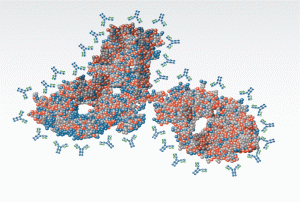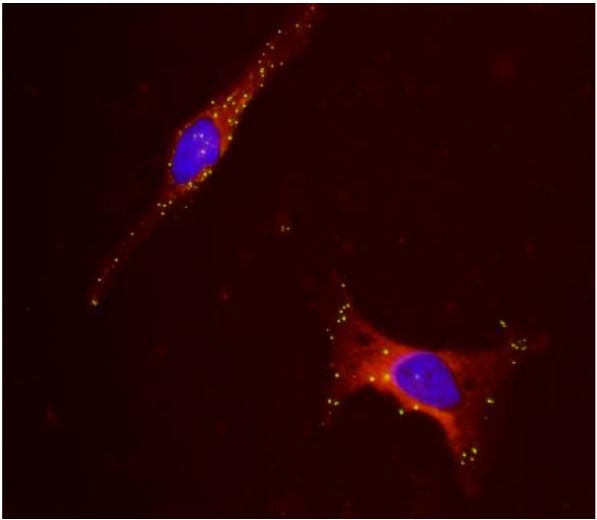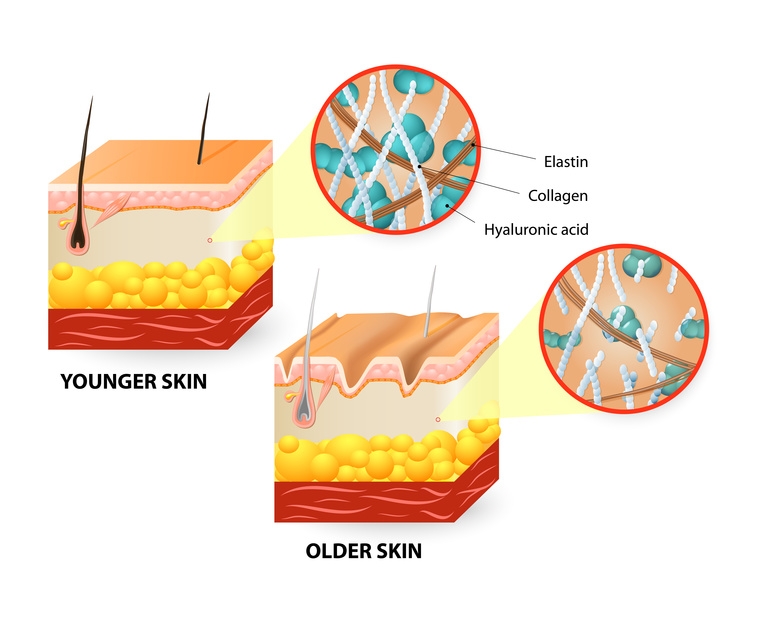Let’s go step by step.
Biologics (or protein therapeutics, or biotherapies) started as far back as the 1920’s, with the first proteins of animal origin (e.g. porcine/bovine insulin). The first recombinant proteins (i.e. done in the laboratory) were released in the 1980’s. The late XXth and early XXIst century have seen the development of therapeutic monoclonal antibodies (mAbs) to treat different diseases (e.g. cancer). Back in 2009, estimations indicated that the biotherapies market for cancer only could reach up to $60 billion by 2019 (1). Biotherapies represent about half of the total cancer treatment market nowadays.
As one can imagine, this trend towards using more and more biotherapies rather than new chemical entities to treat some complex diseases, has attracted the interest of private and academic research laboratories, as biotherapies really work, and some of them very well (both from the health perspective as well as the marketing one).
It has to be noted, though, that sometimes it can be tricky to get biotherapies approved by National Health & Regulatory bodies, as these therapies are not cheap. The Pharmaceutical Price and Reimbursement Scheme (PPRS) in Europe may limit the access of some patient groups to these new biotherapies in some cases (3). But that’s another story.
Worthy to note is that some patents for biotherapies will expire in the coming years. This means that new biotherapies have to be developed, but also, this has raised the interest of some companies to develop similar biotherapies or “biosimilars”. The global market for biosimilars is expected to increase to $3.7 billion by 2015 as more patents expire (2). This patent expiry period has also raised the interest of National Health bodies, as it could be expected that biosimilars would be cheaper than their reference counterparts.
“Similar” vs. equal
Let’s have a look at what the European Medicines Agency (EMA) says about biosimilars: “A similar biological or ‘biosimilar’ medicine is a biological medicine that is similar to another biological medicine that has already been authorised for use. Biological medicines are medicines that are made by or derived from a biological source, such as a bacterium or yeast. They can consist of relatively small molecules such as human insulin or erythropoietin, or complex molecules such as monoclonal antibodies.” (4).
Biosimilars are not generics. Generic drugs, to put it simple, copy-paste the chemical structure of a patented drug (when the patent has expired, of course). Some research may be done on the synthesis process and drug formulation, but all in all, they are equivalent to the “reference” drug.
Biosimilars are another story. These are biological entities, and biology, as we all know, does not copy-paste its processes. Regulations for biosimilars require some studies (in vitro and clinical). Maybe not as long or as complicated as the studies for a “reference” biotherapy, but they do require some investment before they can be put onto the market. And even then, a biosimilar will never be absolutely equivalent to the “reference” one (it can be “bio”-similar or even “bio”-better, but never “bio”-equal).
This is why, in order to prescribe a biosimilar, medical advice is needed (while for generics, automatic substitution can be made). Medical professionals are the only ones able to take a decision on interchangeability.
Developing a biosimilar will involve studies on quality, safety and efficacy, in order to prove that there are not significant differences with the reference biotherapy. Several guidelines have been published so far on how these studies should be performed, both by the EMA and the FDA. These guidelines have things in common with the usual requirements for chemical drugs, but some other requirements are different, and specific to biosimilars or biotherapies in general, such as immunogenicity, presence of host cell proteins, etc.
Stay tuned for our coming posts on these! And of course, don’t hesitate to contact us if you have any queries or comments!
[contact-form to=’ana.arraztio@tebu-bio.com’ subject=’Please contact me for further information about Biosimilars’][contact-field label=’Name’ type=’name’ required=’1’/][contact-field label=’Email’ type=’email’ required=’1’/][contact-field label=’Comment’ type=’textarea’ required=’1’/][/contact-form]
References
1.- http://www.kaloramainformation.com/about/release.asp?id=1372.
2.- http://www.ifpma.org/quality/biosimilars.html.
3.- http://www.europarl.europa.eu/RegData/etudes/etudes/join/2011/451481/IPOL-ENVI_ET(2011)451481_EN.pdf.
4.- http://www.ema.europa.eu/ema/index.jsp?curl=pages/special_topics/document_listing/document_listing_000318.jsp.




